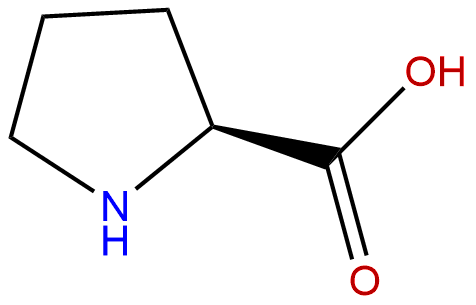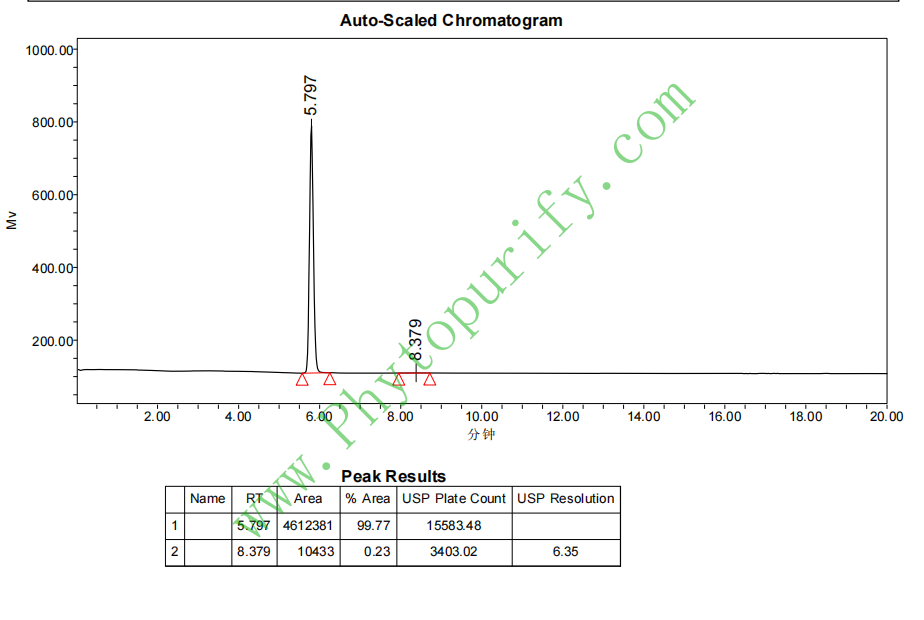
L-ProlineCAS No.:147-85-3
|
||||||||||
 |
|
|
||||||||
|
|
||||||||||

| Catalogue No.: | BP3522 |
| Formula: | C5H9NO2 |
| Mol Weight: | 115.132 |
Product name: L-Proline
Synonym name:
Catalogue No.: BP3522
Cas No.: 147-85-3
Formula: C5H9NO2
Mol Weight: 115.132
Botanical Source:
Physical Description: Powder
Type of Compound: Amino Acids
Purity: 95%~99%
Analysis Method: HPLC-DAD or/and HPLC-ELSD
Identification Method: Mass, NMR
Packing: Brown vial or HDPE plastic bottle
Storage: Store in a well closed container, protected from air and light. Put into refrigerate or freeze for long term storage.
Whenever possible, you should prepare and use solutions on the same day. However, if you need to make up stock solutions in advance, we recommend that you store the solution as aliquots in tightly sealed vials at -20℃. Generally, these will be useable for up to two weeks.
The product could be supplied from milligrams to grams, up to kilograms
Inquire for bulk scale.
Descriptions:
Proline accumulates in many plant species in response to environmental stress, it can act as a signaling molecule to modulate mitochondrial functions, influence cell proliferation or cell death and trigger specific gene expression, which can be essential for plant recovery from stress, the engineering of proline metabolism could lead to new opportunities to improve plant tolerance of environmental stresses.[1]
Elicitor- and wound-induced oxidative cross-linking of a proline-rich plant cell wall protein, which is a novel, rapid defense response.[2]
Proline isomerization as a novel noncovalent histone modification that regulates transcription and provides evidence for crosstalk between histone lysine methylation and proline isomerization.[3]
Human pVHL binds to a short HIF-derived peptide when a conserved proline residue at the core of this peptide is hydroxylated, because proline hydroxylation requires molecular oxygen and Fe 2+ , this protein modification may play a key role in mammalian oxygen sensing.[4]
References:
[1] Szabados L, Savouré A. Trends Plant Sci, 2010, 15(2):89-97.
[2] Bradley D J, Kjellbom P, Lamb C J. Cell, 1992, 70(1):21-30.
[3] Nelson C J, Santos-Rosa H, Kouzarides T. Cell, 2006, 126(5):905-16.
[4] Ivan M, Kondo K, Yang H, et al. Science, 2001, 292(5516):464-8.
[5] Rusconi L, Perseo G, Franzoi L, et al. J Chromatogr A, 1985, 349(349):117-30.
HPLC of L-Proline
